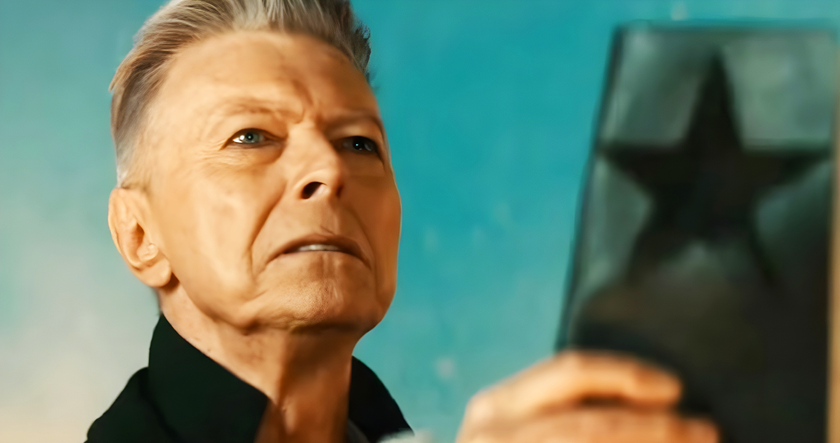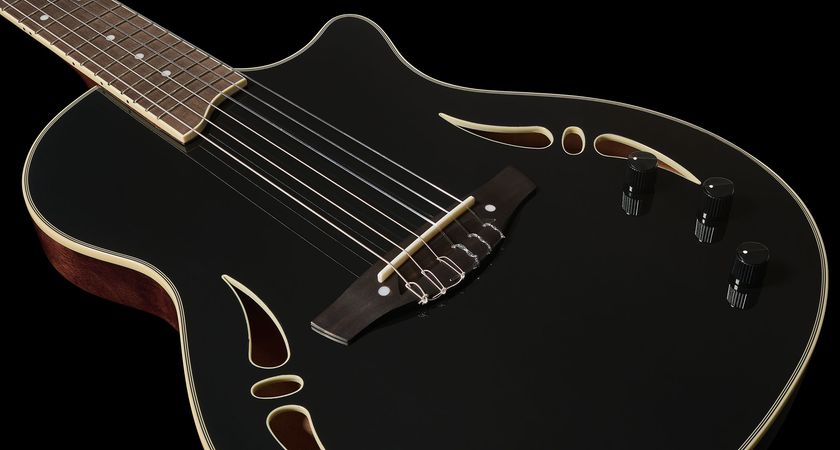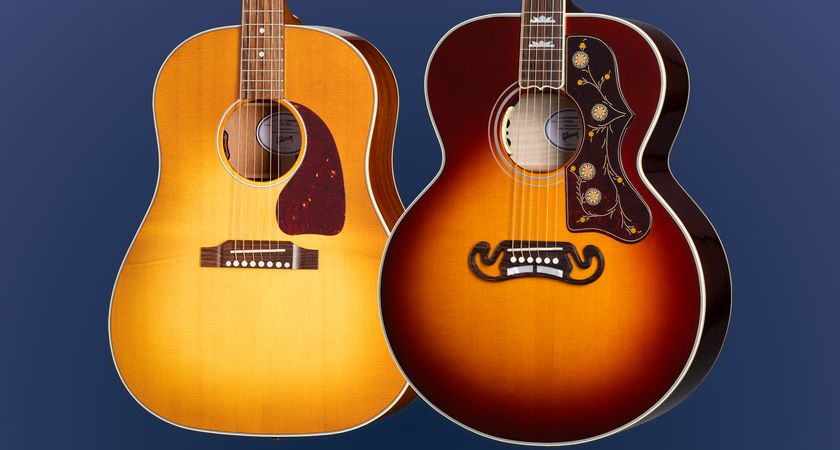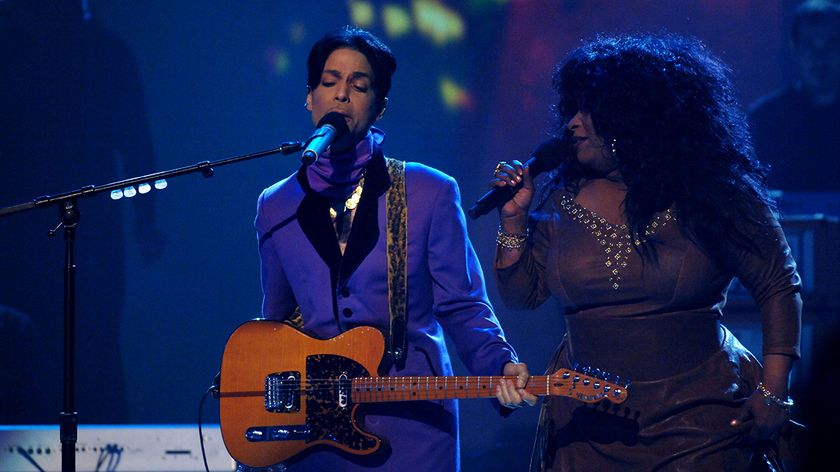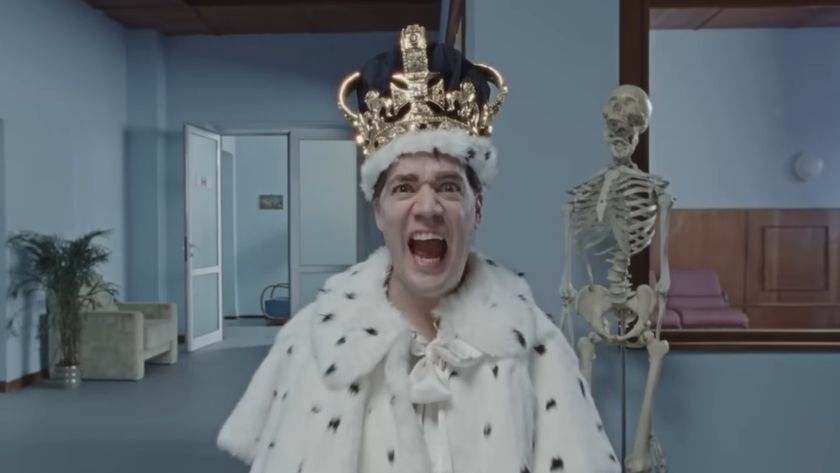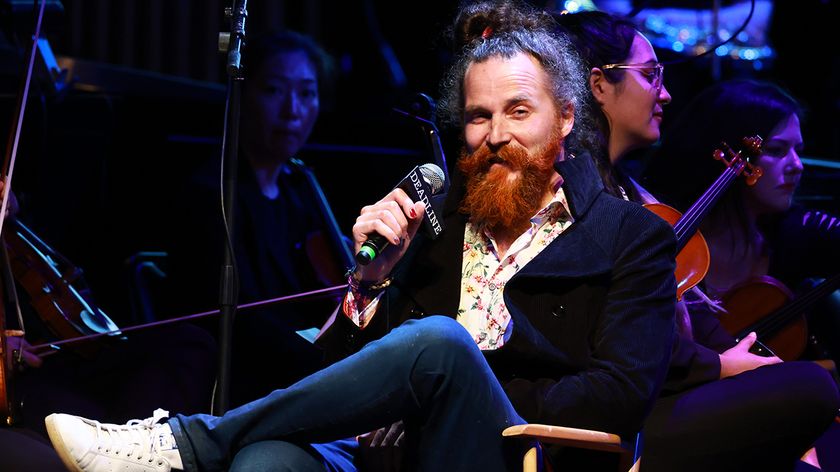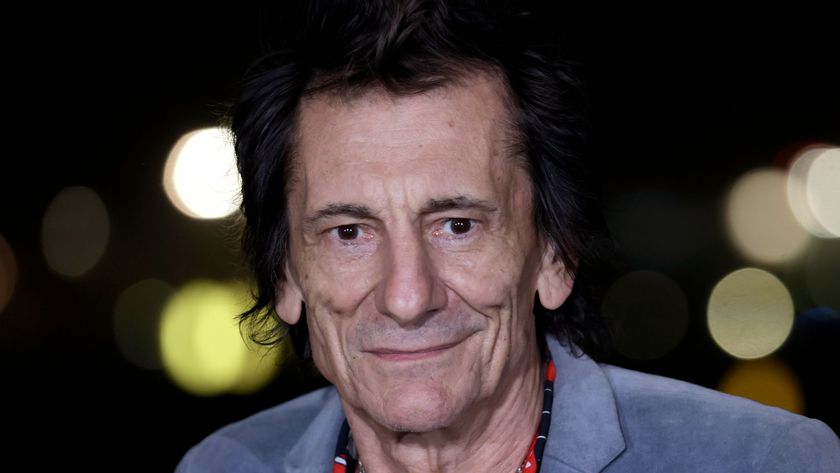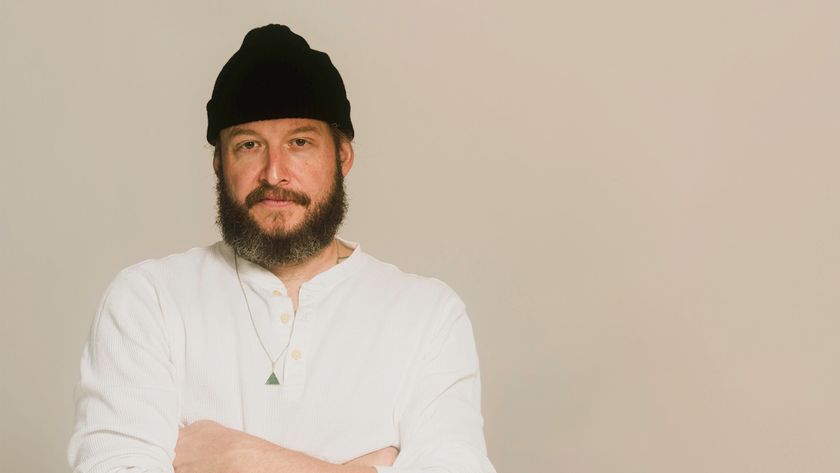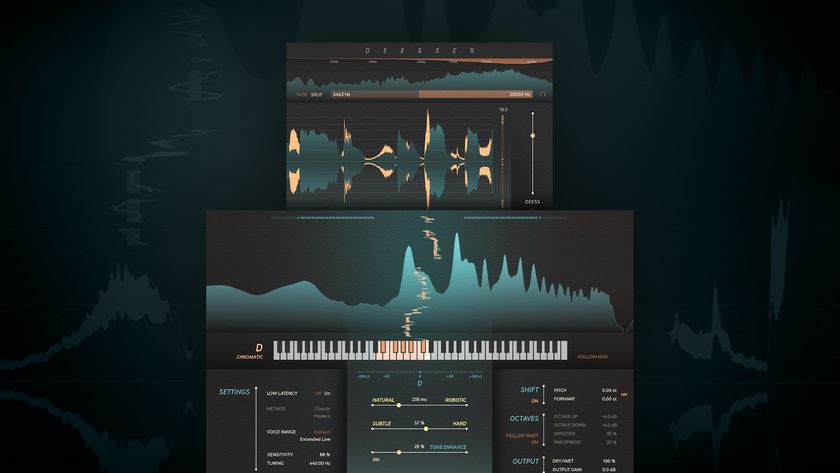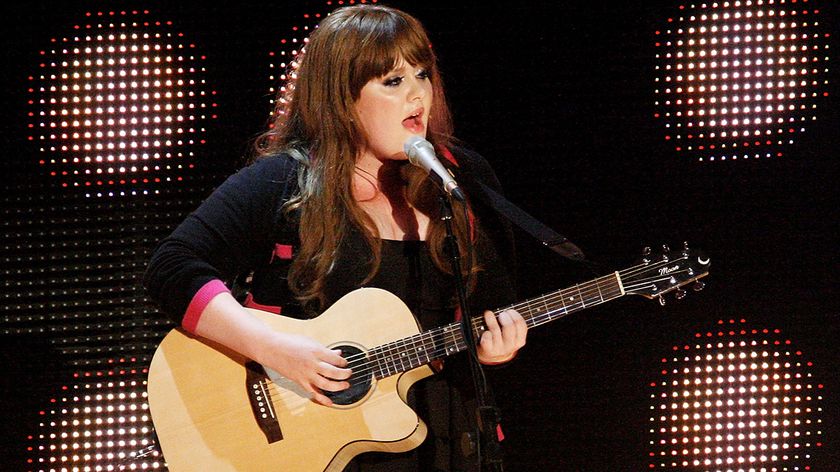John Jorgenson Talks Session Playing...
Nashville Cat
He´s one of the most talented and versatile musicians on the scene and can play anything from bassoon to Hammond organ, but John Jorgenson prefers the role of guitar man…
You know him from his work with Will Ray and Jerry Donahue in The Hellecasters, you´ve seen him on stage with Elton John and you may even have an old Desert Rose Band album kicking around. He´s played bass in The Byrds, sax for The Righteous Brothers' Bill Medley and everything but the kitchen sink with John Prine.
But did you suspect that the ‘rock´ guy in The Hellecasters might be a first-call, double-scale, Nashville session ace? Well it´s true. Country stars like Trisha Yearwood, Travis Tritt, Kenny Chesney and Rodney Crowell rely on the skills of master session men like Jorgenson to create the memorable guitar hooks on their multi-platinum-selling songs.
And were you aware that this fan of Burns 12-strings and Danelectro baritones is also one of the world´s top gypsy jazz guitarists? So much so that he even starred as Django Reinhardt in the movie Head In The Clouds, alongside Hollywood beauties Penelope Cruz and Charlize Theron.
As you see, there´s more to this nice-guy of the guitar than meets the eye…
GT: How did you get into sessions?
JJ: People ask me how they can get into sessions and my answer is, “I don´t know”, because I never set out to do that; all I ever wanted to do was be in a band. But when The Desert Rose Band got signed back in the '80s, I was very different to the other guitarists in Nashville. They were pretty much Strats into racks and that was the antithesis of my vibe; I was playing Rickenbacker 12-strings and Danelectro six-string basses through AC30s, and my goal was to put the classic British rock sound into country. Because that was so different, the producers liked it and started putting me in for different sessions. And that was straight in at the top; double-scale, master session, boom!
GT: Were you intimidated by having to work with the seasoned Nashville cats?
JJ: On that first session I was working with guys who had been doing it since the sixties, so what I was most nervous about was them looking at me and thinking, ‘What are you doing here stealing our work, kid?´ Not only was I young, I was from California too. But they were not like that at all. It was more like, “Hey man, you´ve got a great fresh sound and attitude”. It was more of a welcoming thing.
GT: Is the career of the session ace short lived, as new players clamour to get in the door?
JJ: Well, my session hero is Reggie Young. Reggie was part of the Memphis rockabilly days, he opened for The Beatles on their first American tour as part of Bill Black´s combo; he was with Muscle Shoals and played on the Wilson Pickett, Dusty Springfield and Joe South records. Then he moved to Nashville and his first session was Doby Gray´s Driftaway. Reggie´s still doing sessions today - the first Rodney Crowell session I did, he was the other guitarist. Guys like Brent Rowan have been doing it for as long as I can remember, too. But he and people like Dann Huff and Billy Walker are moving into production. I suppose the fear is that, like an athlete, you have a limited shelf life and so you need to look to other areas.
GT: You´re a multi-instrumentalist. Has that helped with your session career?
JJ: I suppose the most extreme example of that was with John Prine. One specific thing I was asked to do was copy John´s parts, but do them with a little more consistency. But then one day the producer, said, “Tomorrow I want you to bring in every instrument you can play”. So I loaded up the car and created this little orchestra on one track: I played dobro, bassoon, saxophone, clarinet, bass, mandolin, electric guitar, acoustic guitar and heaven knows what else. I do quite a bit of mandolin on sessions, but a long time ago I made a decision not to put myself forward as a multi-instrumentalist, because for some reason I don´t think you get quite as much respect that way. I do other things when people ask, like Hammond B-3, but I´d rather be known as a guitar player.
GT: When you joined Elton´s band, you did play a variety of instruments…
JJ: There was already an electric guitar player there, Davey Johnstone, so I felt it would be best for the band if I played as many instruments as I could. And that worked out well. I really enjoyed working with Davey. He was so generous with his guitar world, as I called it; Davey created those memorable guitar parts in Elton´s songs and he shared them all with me.
GT: In the studio, do you find yourself having to be pushy if there´s another guitar player around?
JJ: I´m embarrassed to say I´m naturally a bit like that, so I will take on extra parts. But on the other hand you have to be a collaborative musician. If I find myself on a session with another guitarist I´ll try and get myself as far away from them musically as I can; if they´re using a Les Paul I´ll pull out a Telecaster, for instance.
GT: Is there a session scale of pay?
JJ: It´s more based on what project you´re doing. Say it´s a Kenny Chesney album: he´s a platinum-selling recording artist, so a session for him is a double-scale master session, ‘master´ meaning we are making his album with him and not just playing on a track or two. Below that there´s everything from demo scale, where the publisher is paying and that´s a lot less, although if you have the clout you can negotiate double demo scale upwards. In the '90s there was so much work that the A-list players didn´t do demo sessions, so these were taken by the next strata down. Now there´s a lot less work so the double-scale guys will occasionally meet on demo sessions.
GT: Are you called for sessions because of what tasty hooks you can bring to the songs?
JJ: The reason I was asked to do sessions in the first place was because I had distinctive intros and hooks for the Desert Rose Band songs. And everybody wants those types of things on their records. There are some producers who know exactly what they want and you are there to provide that, while others want you to create the sounds, the grooves and the licks?
GT: What percentage of sessions are you ‘the guitarist´ and what percentage are you ‘John Jorgenson´?
JJ: I´d say 75 percent I´m called as John Jorgenson the personality, and about 25 percent I´m just the guitar player.
GT: What kind of equipment do you take to a session?
JJ: It´s actually one of my road cases from my Elton days and it has about eight or nine electric guitars in it - a Les Paul, an SG, a signature Strat, a Tele, a Burns 12-string, a Flying V and an Epiphone Noel Gallagher model with Beatles stickers on it. Then I have another trunk with a six-string bass and a baritone guitar, a 175, a ukulele, a couple of mandolins, a Hank Marvin Strat, a pull-string Tele and another Les Paul. Amp-wise it´s an early Matchless 30-watt head and a single 1 x 12 cabinet. But I´ve recently started using the Vox Valvetronix and I like it a lot; the single 12 version. And I have a pedalboard with a couple of Tube Screamers, an Experience pedal, a BOSS DD-2 delay, a Dimension C chorus and a new Digitech reverb pedal with some really great sounds on it. I also use the Vox Tonelab, the small one that´s like a POD, but now I have the new big one and I use a Gretsch 6120 with that, when I do my dates with Earl Scruggs. When we do festivals it´s nearly always Fender Twins, so I use that to try to get a Vox sound out of a Fender Twin!
GT: What would be your dream session?
JJ: I would love to do a track with Paul Rodgers, a really straight-ahead rock track. And let it be a really sparse track, not covered up with a load of other instruments, so you can really get to hear the guitar. That would be fun.
GT: And what´s the session player´s nightmare?
JJ: One nightmare is where the producer doesn´t know what he wants but he´s a really nit-picky, controlling sort of guy. I´ve been in a position where I´ve had to play a back-up lick in a verse, for three beats of an A chord, maybe 70 times. Then he turns around and says, “Maybe you should go back to the first one you played”. Knowing that was probably going to happen, I´d remembered it, and guess what he said then? “It doesn´t have quite the same feeling as when you first played it”. So I wasn´t at all pissed off!
GT: The culmination of your session career has to be when you played Django Reinhardt in the film Head In The Clouds.
JJ: It was the most fun ever! I mean, to play your favourite guitar player´s music, to have the guitar, to have the licks and to get the sound is fantastic enough. But then to be made up to look like him, with my hair cut and dyed black, with a moustache, and have two fingers glued together so my hand even looked burned, was amazing. I looked completely different and I felt different. I didn´t want to wear the clothes that I normally wear and I really felt like a different person. The two tracks we did for the film are bonus tracks on my CD, Franco-American Swing…
Get the MusicRadar Newsletter
Want all the hottest music and gear news, reviews, deals, features and more, direct to your inbox? Sign up here.


